Why Love And Romantic Film Narratives Persist Across Cultures
Emotional Resonance Neurochemistry and the Universal Appeal of Love Stories
Romance Films
Love stories have captivated audiences since the earliest days of storytelling – from oral traditions and epic poetry to silent films and streaming platforms. The cinematic portrayal of romance is not merely entertainment – it reflects deep psychological needs, cultural archetypes, and social aspirations. Whether it’s the slow burn of a period drama or the whirlwind of a rom-com, love in film offers viewers a mirror – a fantasy – and sometimes a blueprint. Neuroscience shows that watching romantic scenes can trigger oxytocin release – the hormone associated with bonding and trust. Cultural studies reveal that romantic tropes often echo mythic structures – the hero’s journey, the sacred union, the transformative kiss. Films allow audiences to rehearse emotional experiences – to feel heartbreak and hope without real-world consequences. Love stories also serve as social scripts – shaping expectations about relationships, gender roles, and emotional expression.
Neurochemical Reactions to Romantic Scenes
Watching romantic films activates the brain’s reward system – particularly the release of dopamine and oxytocin. These chemicals are linked to pleasure, bonding, and emotional regulation. Oxytocin increases when viewers witness affectionate touch or emotional intimacy on screen. Dopamine spikes during moments of suspense, longing, or resolution in romantic plots. These reactions mirror real-life emotional experiences – making the viewer feel personally involved. The brain doesn’t fully distinguish between fictional and real emotional stimuli – which explains the intensity of viewer responses. Romantic films can reduce stress by activating parasympathetic nervous responses. They also increase empathy by engaging mirror neurons – which simulate others’ emotions. This neurochemical engagement makes love stories feel emotionally satisfying and psychologically immersive. The pleasure of watching romance is not just symbolic – it’s biologically reinforced.
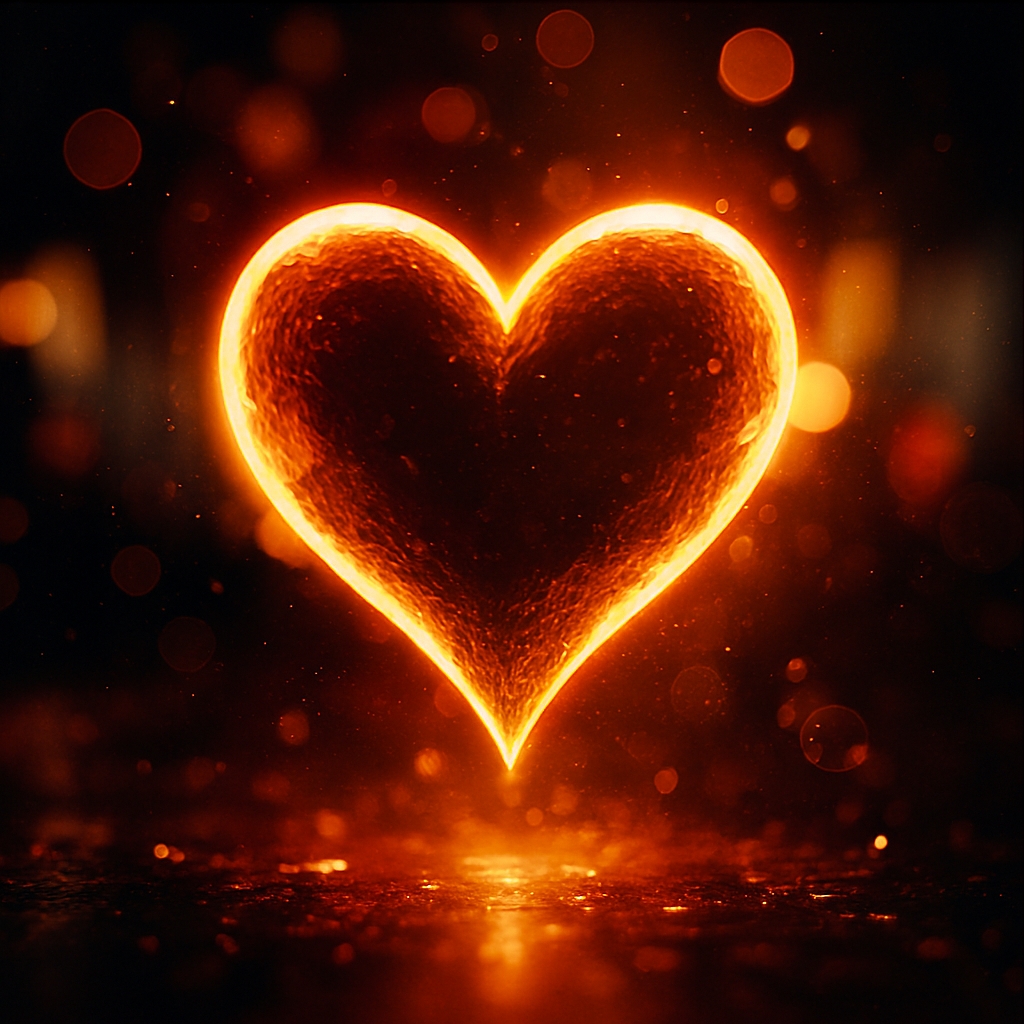
Archetypal Structures in Romantic Narratives
Romantic films often follow archetypal storylines rooted in myth and folklore. The “meet-cute” echoes the mythic encounter between destined lovers. The “obstacle” phase mirrors trials in hero’s journeys – testing the lovers’ commitment. The “reunion” or “resolution” reflects the sacred union motif found in global mythologies. These structures are familiar across cultures – making romantic films universally accessible. Carl Jung identified the “anima” and “animus” as inner archetypes that romantic partners often represent. Films externalize these inner dynamics – allowing viewers to project and explore their own emotional landscapes. Archetypes provide symbolic clarity – helping audiences make sense of complex emotions. Romantic plots often include symbolic thresholds – doors, bridges, or travel – marking emotional transformation. These motifs resonate because they reflect deep psychological patterns. Love stories are not just entertainment – they’re modern mythologies.
Emotional Catharsis and Safe Exploration
Romantic films offer a unique form of emotional catharsis – allowing viewers to experience intense feelings in a safe and controlled environment. Audiences can cry, laugh, or feel longing without the vulnerability of real-life consequences. This emotional release is therapeutic – helping people process their own experiences through symbolic proxy. Films provide a rehearsal space for emotional resilience – viewers watch characters navigate heartbreak, forgiveness, and vulnerability. The resolution of romantic plots often delivers a sense of closure – soothing emotional unrest and offering hope. Catharsis through fiction has ancient roots – from Greek tragedy to Shakespearean drama. Love stories allow people to explore emotional depth without fear – making them powerful tools for self-reflection. The emotional safety of film encourages viewers to confront feelings they might otherwise suppress. Romantic cinema becomes a mirror – reflecting inner emotional landscapes in ways that feel both personal and universal. This safe exploration is part of what makes love stories so enduring and impactful.
Cultural Ideals and Social Scripts
Romantic films often reflect and shape cultural ideals about love, partnership, and emotional expression. They portray what societies deem desirable, acceptable, or aspirational in relationships. These portrayals influence how viewers think about romance in their own lives – from gestures of affection to expectations around commitment. Films can reinforce traditional gender roles – such as men as initiators and women as emotional anchors – though modern cinema increasingly challenges these norms. Romantic narratives serve as social scripts – guiding how people express love, resolve conflict, and navigate intimacy. They also mirror societal shifts – such as changing views on marriage, independence, and emotional labor. Viewers internalize these scripts – consciously or unconsciously – and use them to shape their relational behavior. Love stories become cultural mirrors – showing us who we are and who we might become. They also act as emotional blueprints – offering models for connection, vulnerability, and growth. The influence of romantic cinema on cultural norms is subtle but profound.
Nostalgia and Emotional Memory
Romantic films often evoke nostalgia – triggering emotional memories of past relationships, milestones, or formative experiences. This emotional recall enhances the viewing experience – making it more personal and resonant. Nostalgia is linked to increased serotonin and oxytocin levels – promoting emotional well-being and connection. Films can transport viewers to moments when they felt hopeful, heartbroken, or deeply in love. Romantic soundtracks, settings, and dialogue often act as emotional cues – unlocking memories stored in the subconscious. Viewers may associate certain films with specific life events – like a first date, a breakup, or a personal turning point. This emotional layering makes romantic films feel timeless – they become part of the viewer’s emotional archive. Nostalgia also fosters a sense of continuity – connecting past and present emotional states. Love stories are not just watched – they’re remembered, relived, and emotionally re-experienced. This emotional resonance deepens the bond between viewer and narrative even in action films.
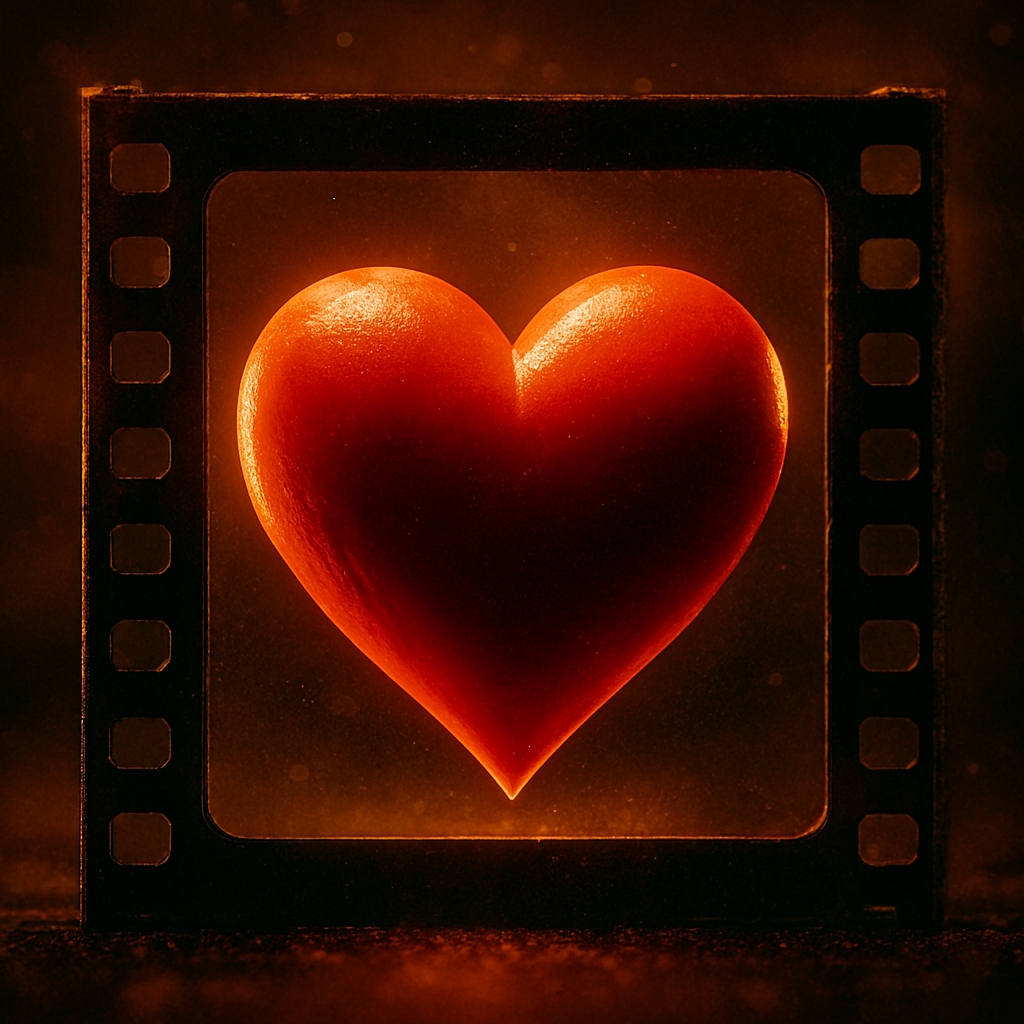
Fantasy and Escapism
Romantic films offer fantasy and escapism – transporting viewers to idealized worlds where love conquers all. These cinematic worlds often feature poetic dialogue, perfect timing, and visually stunning settings. Escapism allows viewers to momentarily step away from real-life stress, loneliness, or emotional complexity. Fantasy in romance is not about deception – it’s about emotional possibility and imaginative expansion. Films imagine what love could be – not just what it is – offering hope and inspiration. This imaginative space fosters emotional openness and curiosity. Escapism also allows viewers to explore alternative identities, desires, and relational dynamics. They can project themselves into characters’ lives – experiencing love vicariously and safely. Romantic fantasy is especially appealing during times of uncertainty or emotional fatigue. Love stories offer a dreamscape – where connection is inevitable and transformation is possible. This emotional refuge is part of their enduring appeal.
Representation and Inclusivity
Modern romantic films are becoming more inclusive – representing diverse cultures, identities, and relationship models. This shift allows more viewers to see themselves on screen – validating emotional experiences that were previously marginalized. Representation fosters empathy, understanding, and emotional recognition. Films featuring LGBTQ+ romance, intercultural relationships, or neurodiverse characters expand the genre’s emotional vocabulary. Inclusive storytelling challenges stereotypes – offering more nuanced portrayals of love and connection. It also educates audiences about different ways of relating – broadening emotional horizons. Viewers feel seen and affirmed when their stories are represented – deepening their engagement with the narrative. Inclusivity in romantic cinema is not just ethical – it’s emotionally transformative. It reflects the complexity and diversity of real-world relationships. Love stories are evolving – becoming more reflective of the world’s emotional and cultural richness.
Symbolism and Visual Language
Romantic films use symbolic imagery to convey emotional depth and transformation. Rain often symbolizes emotional release or renewal – while bridges represent connection and transition. Mirrors reflect inner conflict, self-discovery, or relational duality. Lighting, color, and framing shape the emotional tone of romantic scenes – guiding viewer interpretation. Visual motifs like flowers, letters, or shared meals carry symbolic weight – enriching the narrative. These symbols make emotions visible – translating internal states into external cues. Symbolism allows viewers to interpret love beyond dialogue – creating emotional resonance through visual storytelling. Romantic films are not just verbal – they’re deeply visual and metaphorical. The use of symbolic language elevates the genre – making it emotionally immersive and intellectually engaging. Love stories speak in symbols – inviting viewers to decode and feel simultaneously.
Music and Emotional Amplification
Soundtracks play a crucial role in romantic films – amplifying emotional impact and guiding viewer response. Music triggers emotional memory and physiological reactions – enhancing the depth of romantic scenes. A well-placed song can elevate a moment – making it iconic and unforgettable. Romantic themes often feature slow tempos, minor chords, and lyrical repetition – evoking longing, tenderness, or joy. These musical elements shape how viewers interpret emotional dynamics. Music also creates emotional continuity – linking scenes and deepening narrative flow. Soundtracks often become cultural touchstones – associated with specific emotional experiences. Music makes love stories more immersive – turning them into emotional symphonies. Romantic films orchestrate feeling – using sound to deepen connection and resonance. The emotional power of music is one of the genre’s most potent tools.
Relational Learning and Emotional Intelligence
Romantic films can teach viewers about emotional intelligence, communication, and relational dynamics. They model empathy, vulnerability, and conflict resolution – offering insights into healthy and unhealthy patterns. Watching characters navigate emotional challenges fosters self-awareness and growth. Films highlight the importance of boundaries, emotional regulation, and mutual respect. They also showcase the consequences of avoidance, dishonesty, or emotional immaturity. This relational learning is subtle but impactful – shaping how viewers approach their own relationships. Love stories become emotional classrooms – teaching through narrative and character development. They offer viewers tools for navigating intimacy, trust, and emotional complexity. Romantic cinema is not just entertainment – it’s a form of emotional education. The genre’s capacity to foster emotional intelligence is one of its most valuable contributions.
Romantic Film Narrative Change
Shared Experience and Social Bonding
Watching romantic films is often a communal activity – enhancing social bonding and emotional connection. Couples, friends, or families may watch together – creating shared emotional experiences. These shared viewings foster discussion, reflection, and intimacy. Romantic films often become cultural reference points – quoted, reenacted, or remembered collectively. They create communal emotional language – strengthening social ties and relational depth. Shared experience also amplifies emotional impact – making scenes more memorable and meaningful. Love stories become part of social rituals – from date nights to group watch parties. They offer a way to connect emotionally across generations, cultures, and contexts. Romantic cinema is not just personal – it’s socially connective and culturally resonant. The genre’s ability to foster shared feeling is part of its enduring power.
Idealism and Emotional Aspiration
Romantic films often portray idealized love – inspiring viewers to seek deeper connection and emotional growth. These portrayals encourage emotional aspiration – reminding audiences of what’s possible in human relationships. Idealism in romance is not naive – it’s motivational and expansive. Films depict love as transformative, healing, and deeply meaningful. This emotional idealism fosters hope – countering cynicism and emotional fatigue. Viewers may feel renewed or inspired after watching – motivated to pursue authenticity and depth. Romantic cinema offers emotional vision – showing what love can look like at its most profound. Idealism also challenges viewers to reflect on their own relational values and desires. Love stories are emotional beacons – lighting the path toward connection, growth, and possibility.
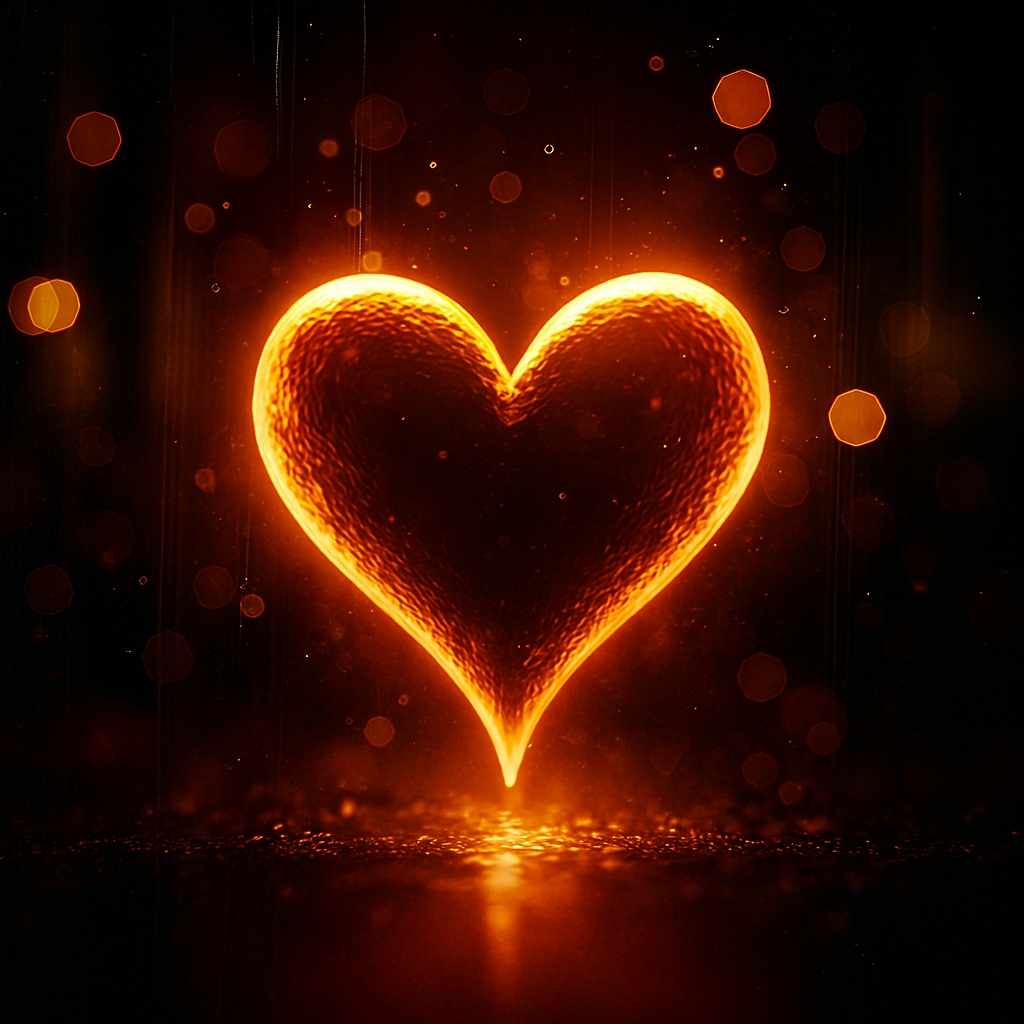
Conflict and Resolution Dynamics
Romantic films often center on conflict and resolution – mirroring the emotional rhythms of real relationships. Conflict creates tension and narrative momentum – while resolution offers closure and emotional satisfaction. These dynamics reflect the complexity of intimacy – including miscommunication, vulnerability, and growth. Watching characters navigate conflict fosters emotional insight and relational empathy. It reassures viewers that love can survive challenges – and that emotional repair is possible. Conflict in romance is not destructive – it’s transformative and revealing. Resolution provides emotional payoff – reinforcing the value of persistence, forgiveness, and mutual understanding. Love stories model emotional resilience – showing how connection deepens through adversity. The genre’s focus on conflict and resolution makes it emotionally rich and psychologically authentic.
Conclusion
Romantic films endure because they speak to universal emotional needs – connection, transformation, and hope. They engage the brain, heart, and imagination – offering symbolic clarity and emotional depth. From neurochemistry to cultural archetypes, love stories reflect the complexity of human experience. They teach, soothe, inspire, and connect – making them more than just entertainment. Romantic cinema is a mirror, a myth, and a map – guiding viewers through the terrain of longing, vulnerability, and emotional growth. These stories help people rehearse intimacy, confront fear, and imagine possibility. They offer emotional refuge and relational insight – often when viewers need it most. Love in film is not just a genre – it’s a ritual of emotional renewal. It reminds us that connection is worth pursuing, even when imperfect. And it affirms that love – in all its forms – remains one of the most powerful forces in storytelling and life.
Join the Discussion
What romantic film has stayed with you the longest – and why Do you find yourself drawn to certain love story tropes or emotional arcs? Have you ever learned something about yourself from watching a romantic movie? How do you think romantic films shape cultural expectations around love? Do you prefer idealized romance or emotionally raw portrayals ?What role does music or symbolism play in your emotional connection to a film? Have you noticed shifts in how romance is represented across? generations? Do you feel more connected or more critical when watching romantic narratives? What’s one romantic film you think challenges conventional storytelling? How do you imagine the future of love stories in cinema evolving?
Hashtags
#LoveInFilm #RomanticCinema #EmotionalStorytelling #SymbolicNarratives #CulturalArchetypes #Neurocinema #InclusiveRomance #VisualEmotion #FantasyAndFeeling #EmotionalIntelligence #CinematicConnection #RomanceWithoutRules #HealingThroughStory #MythicLove #FilmAsMirror


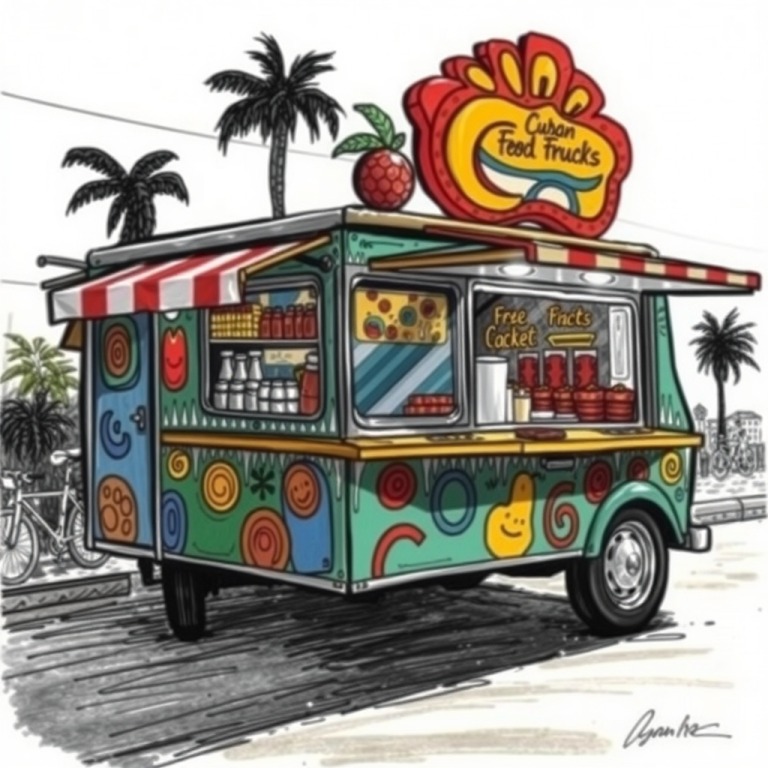
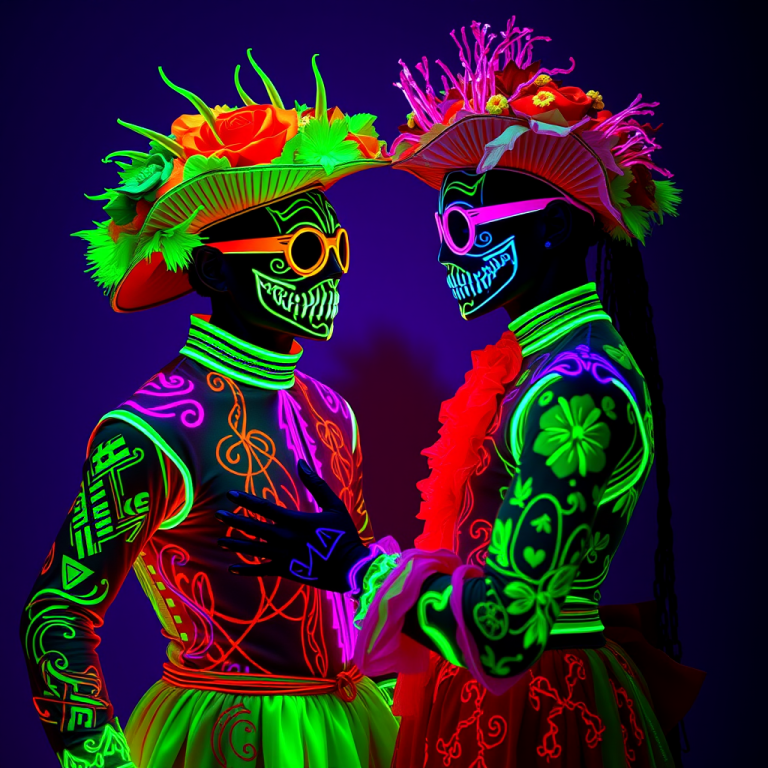
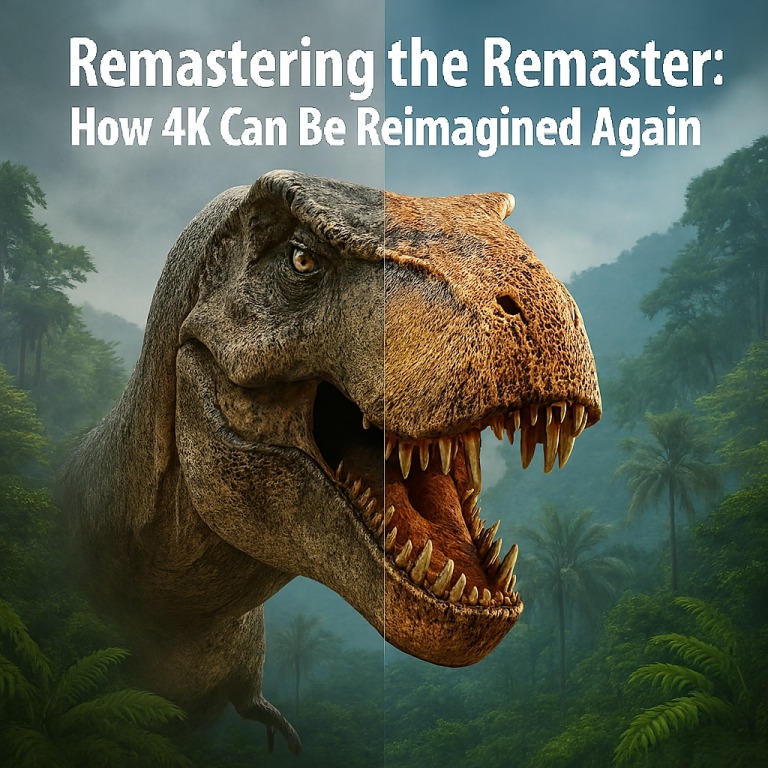
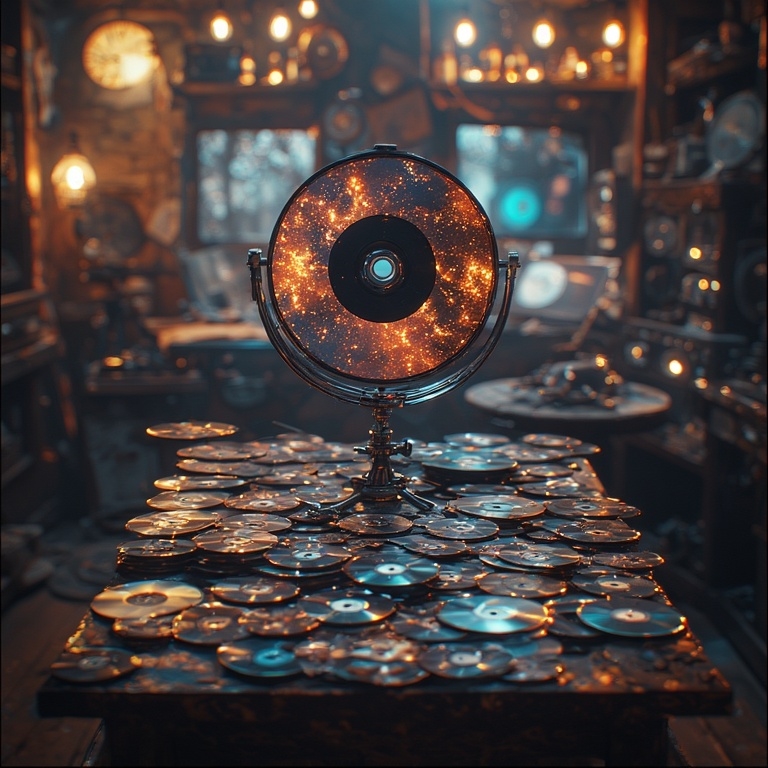

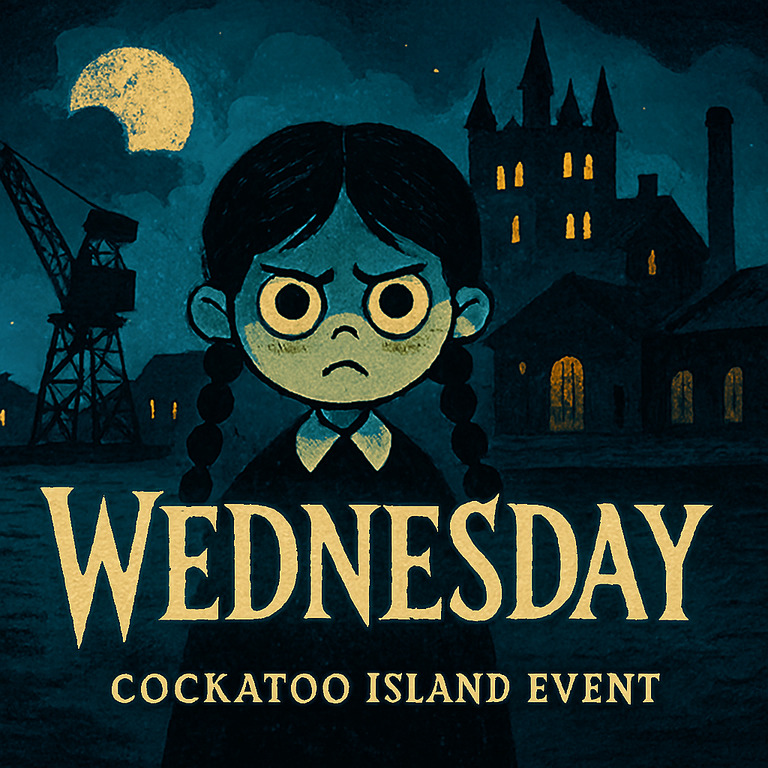
4 Comments